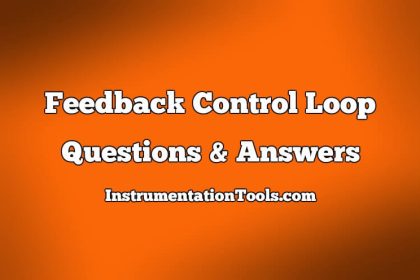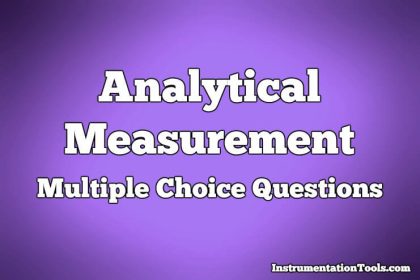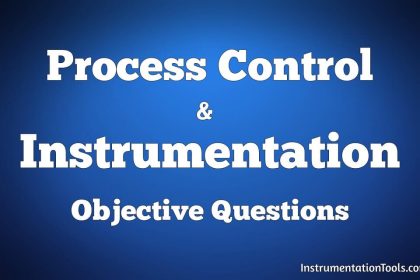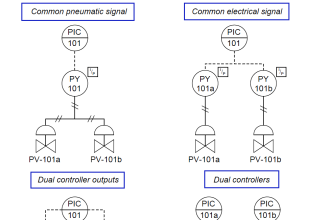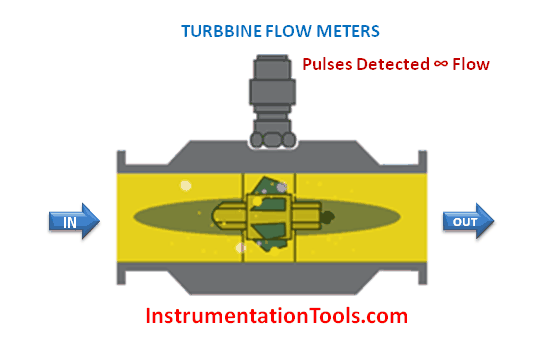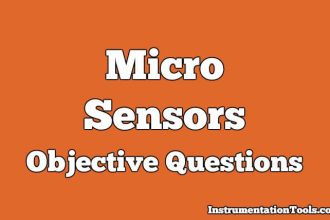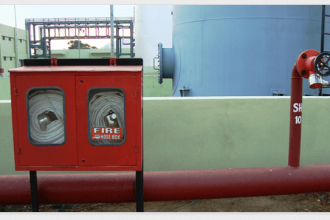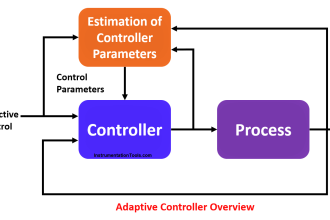Instrument Calibration Multiple Choice Questions
Question 1
Identify the type of instrument calibration error(s) shown in this graph:
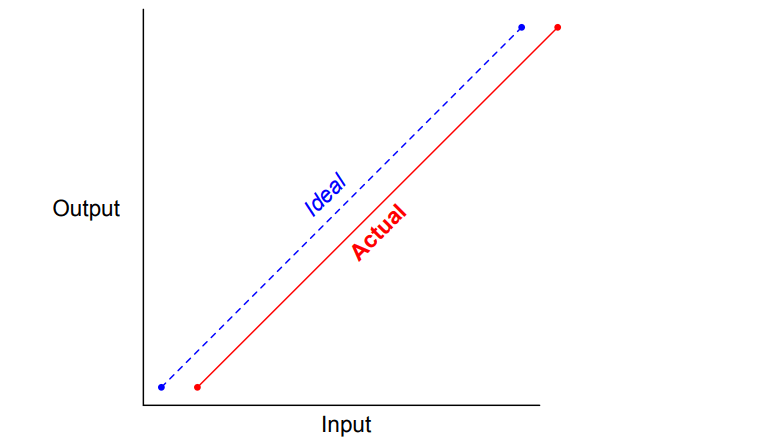
(A) Hysteresis error
(B) Linearity error
(C) Both zero and span errors
(D) Span error
(E) Zero error
Answer : E
Question 2
Identify the type of instrument calibration error(s) shown in this graph:
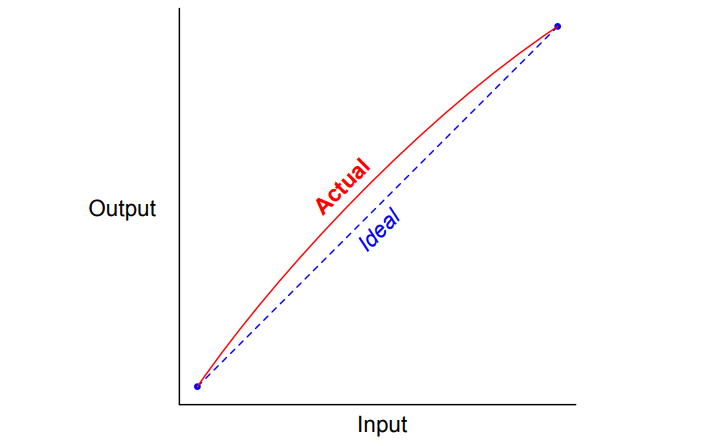
(A) Span error
(B) Hysteresis error
(C) Zero error
(D) Both zero and span errors
(E) Linearity error
Answer : E
Question 3
When calibrating an instrument, you may detect the presence of hysteresis error by:
(A) Comparing the instrument against a known standard that is free from any hysteresis
(B) Comparing accuracy at certain points both going up and down the calibration scale
(C) Measuring error before and after turning the “deadband” adjustment screw
(D) Checking for calibration drift at certain points over long periods of time
(E) Shaking the instrument and listening for the rattling sound of loose parts
Answer : B
Question 4
A technician calibrating a mechanical (bourdon tube) pressure gauge is gradually increasing pressure with a deadweight tester and checking the gauge’s indication at several points. After checking one calibration point, the technician accidently applies too much pressure and “overshoots” the next calibration point. To obtain the best response from the pressure gauge, the technician should:
(A) Reduce pressure well below the intended calibration point and then increase pressure again
(B) Abort the test and get a new pressure gauge
(C) Carefully reduce pressure down to the intended calibration point, approaching it from the opposite direction
(D) Completely vent pressure from the gauge and re-check all calibration points from zero upwards again
(E) Apply full pressure to the gauge and then check all calibration points in descending order
Answer : A
Question 5
Which of the following adjustments is usually adjusted first in an instrument requiring calibration?
(A) Deadband
(B) Span
(C) Hysteresis
(D) Zero
(E) Linearity
Answer : D
Question 6
An error tolerance of +/- 0.4% is for a 4-20 mA instrument signal.
(A) +/- 0.04 mA
(B) +/- 0.08 mA
(C) +/- 0.064 mA
(D) +/- 0.4 mA
(E) +/- 0.46 mA
Answer : C
Question 7
A pressure transmitter has a calibrated measurement range of 200 to 300 PSIG, and an output range of 4-20 mA. What is the expected output if the input pressure is 235 PSIG?
(A) 1.6 mA
(B) 16.5 mA
(C) 5.6 mA
(D) 9.6 mA
(E) 12.5 mA
Answer : D
Question 8
A pH transmitter has a calibrated range of 5 to 9 pH, with a 4-20 mA output. What is the pH measurement if the transmitter’s output is equal to 17.3 mA?
(A) 4.156 pH
(B) 6.599 pH
(C) 8.325 pH
(D) 8.460 pH
(E) 7.481 pH
Answer : C
Question 9
The purpose of documenting an “As Found” calibration in addition to documenting the “As Left” calibration for an instrument is to:
(A) Ensure perfect accuracy
(B) Eliminate instrument hysteresis
(C) Help others locate the instrument
(D) Measure calibration drift
(E) Speed up the calibration
Answer : D
Question 10
A “smart” transmitter is one that:
(A) Communicates using Foundation Fieldbus
(B) Calibrates itself
(C) Transmitter without inbuilt sensor
(D) Has multiple process sensors
(E) Has a microprocessor built inside
Answer : E
Credits : by Tony R. Kuphaldt
